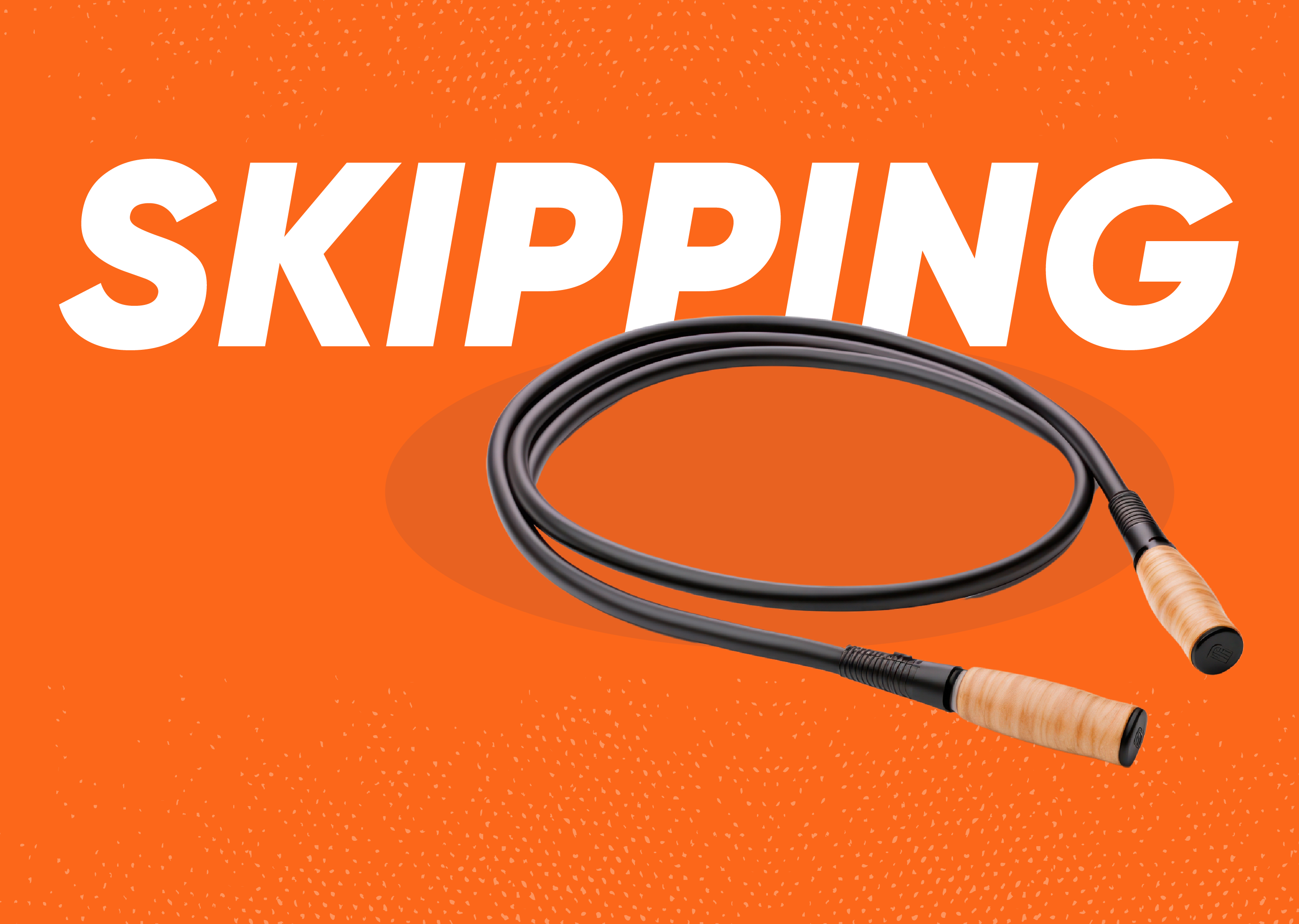Blog

Skipping
In swimming, every millisecond counts when it comes to achieving a personal best or fighting for a podium finish, or national team selection. One area that plays heavily on overall time outcome is how well starts and turns are executed. While focusing on the technical execution of both is essential, and daily execution of good habits around these skills is required, there are plenty of ways in which land training can help aid in the lower body power associated with both skill elements. A basic exercise that can be implemented across all squads of any age and ability is skipping. Despite its simplicity, when performed consistently, for as little as 2 minutes a day, skipping can enhance lower body explosive power, coordination, agility, leg strength, and overall cardiovascular conditioning. These benefits are particularly relevant for the explosive movements involved in dive starts and turns.
Improving Dive Starts with Skipping
1. Explosive Power Development
One of the main benefits of skipping is the development of lower body power. Dive starts in swimming require a powerful push-off from the starting block, where the swimmer needs to generate significant force to propel themselves forward quickly. The fast, explosive movements involved in skipping mirror the dynamic muscle contractions needed for an effective dive start. By consistently implementing 2 minutes of skipping each day (for example during pre-pool), swimmers can build the explosive power in their legs, translating into a more forceful push-off and a more explosive dive start.
2. Improved Leg Strength and Endurance
Skipping also contributes to enhanced leg strength and endurance. The repetitive nature of the exercise targets the calves, quadriceps, hamstrings, and glutes, which are crucial for the powerful leg drive needed during a dive start. Improved leg strength from skipping can lead to a more efficient and powerful push-off from the block, while increased endurance supports the ability to maintain kick speed throughout a race.
3. Coordination and Rhythm
Dive starts require precise timing and coordination to maximise efficiency and minimise drag through the underwater phase. Skipping helps develop coordination and rhythm by requiring swimmers to synchronize their footwork with the rope’s movement. This rhythmic coordination can be transferred to the timing and fluidity of the dive start, making the entry to the water smoother and more effective.
4. Enhanced Agility and Balance
The agility and balance developed through skipping are essential for a controlled and powerful dive start. Skipping improves overall body control and awareness, helping swimmers make quick adjustments and maintain balance and stability throughout the ‘air’, transferring into a better positioning and a more streamlined entry into the water.
Improving Turns with Skipping
1. Explosive Power for Quick Turns
Similar to dive starts, turns in swimming require explosive power for an effective push-off from the wall. The powerful leg drive involved in skipping can enhance the force generated during the turn. Although 2 minutes of skipping might seem brief, consistent practice builds the explosive strength needed to make quick, efficient turns.
2. Leg Strength and Endurance for Effective Turns
Turns demand strong and enduring leg muscles to achieve a fast and effective push-off from the wall. Skipping strengthens the lower body muscles that are engaged during the turn, leading to improved performance. Enhanced leg strength and endurance from daily skipping will help swimmers execute more powerful and sustained turns across longer swimming events.
3. Core Engagement for Stability
While skipping primarily targets the lower body, it also engages the core muscles, which are crucial for maintaining stability and alignment during turns. A strong core supports better body positioning and controls off the wall, contributing to more effective and streamlined turns.
Integrating Skipping into a Pre-Pool Routine
Most of our Hamilton Athletes come to training equipped with their own skipping rope and many of our Competition and Performance athletes will perform almost 4 minutes of skipping per session at competitions as well as regularly in land sessions during the week. Whilst skipping may not be as glamorous as lifting a heavy barbell or jumping a high box, the benefits listed above show that even the simplest of exercises executed at a high standard can provide the marginal gains that swimmers chase for their performance and over other competitors.
So, if 2 minutes of daily skipping can help improve explosive power, leg strength, coordination, and overall conditioning…will you be picking up your skipping rope as part of your daily pre-pool to gain an advantage on your starts and turns?

